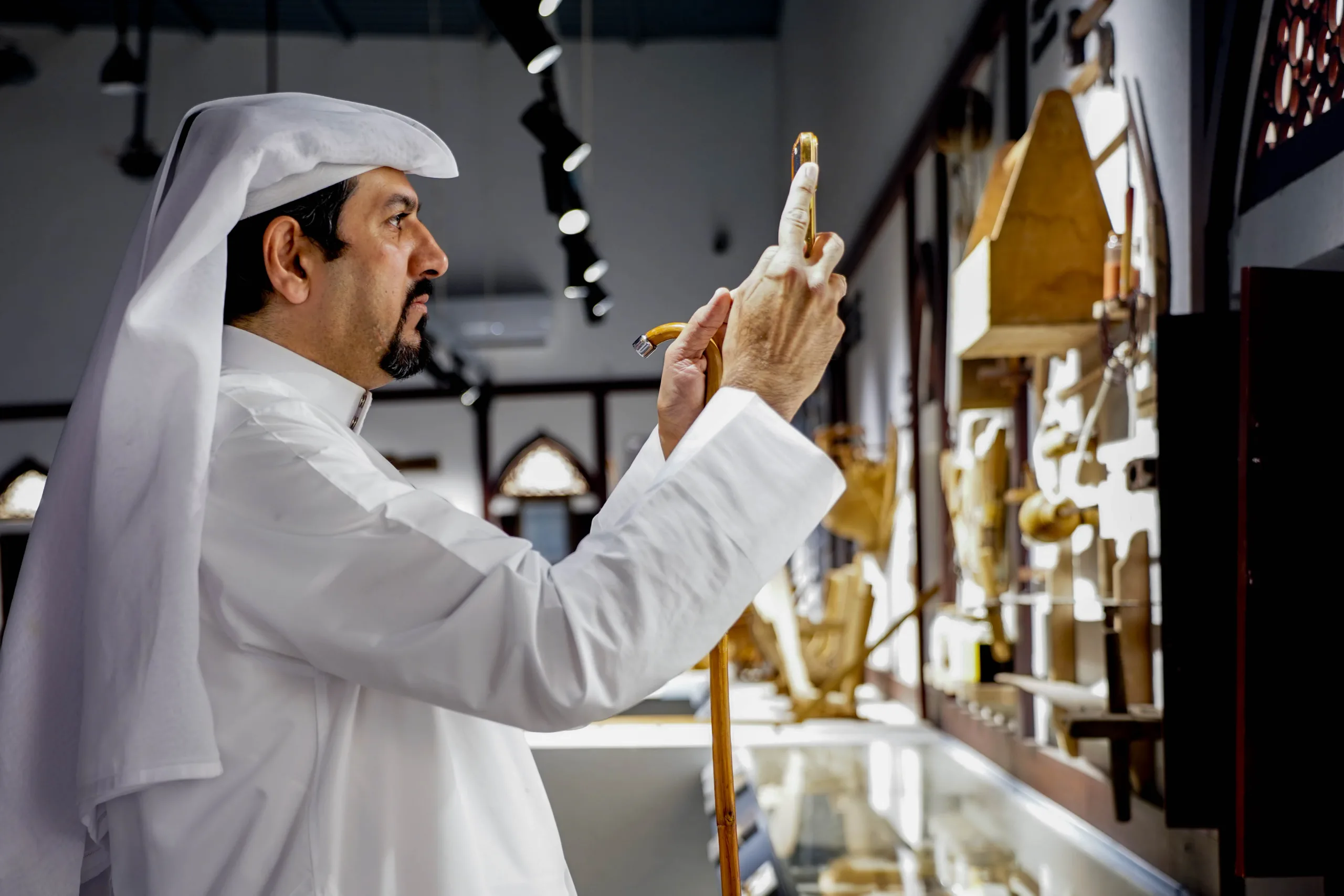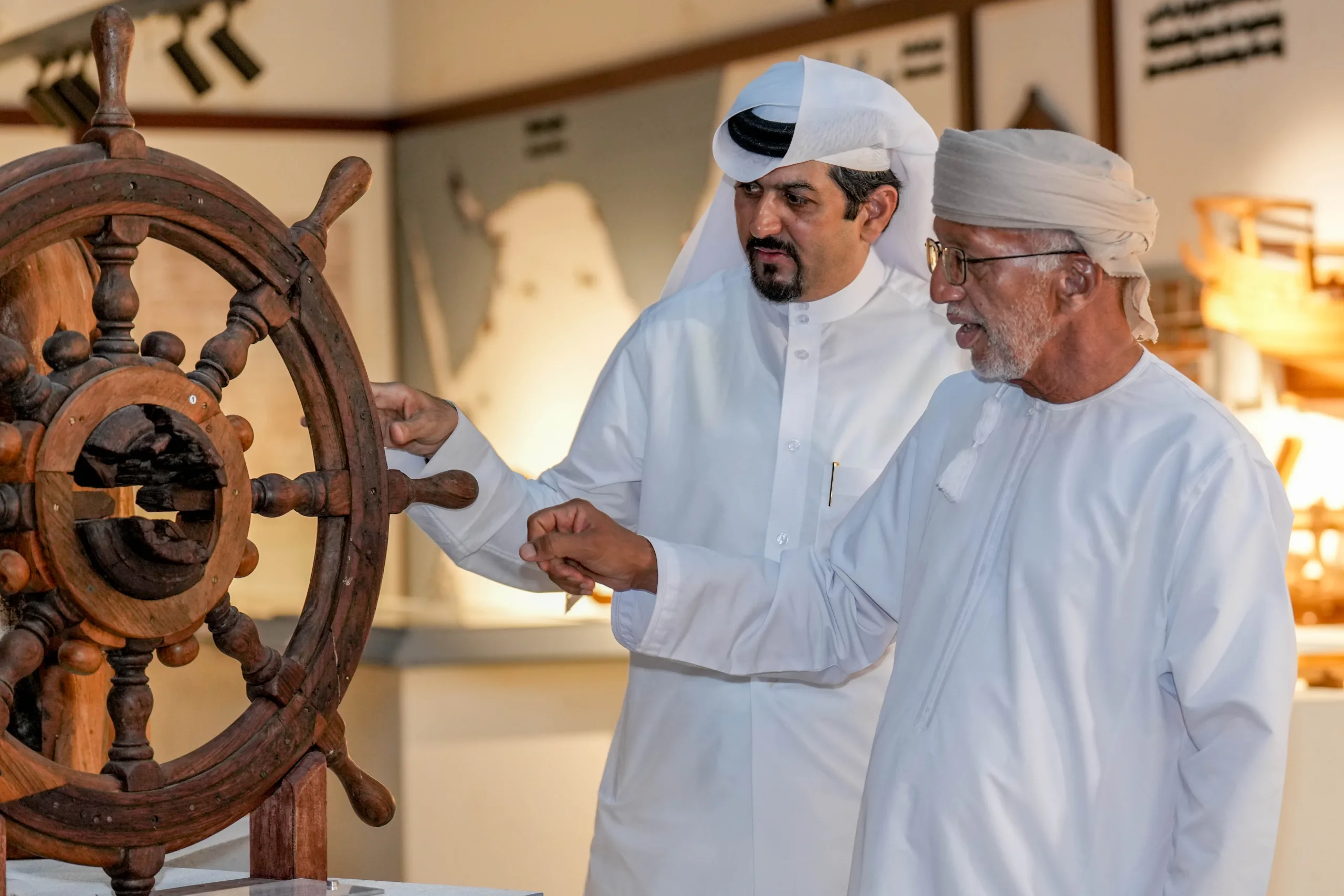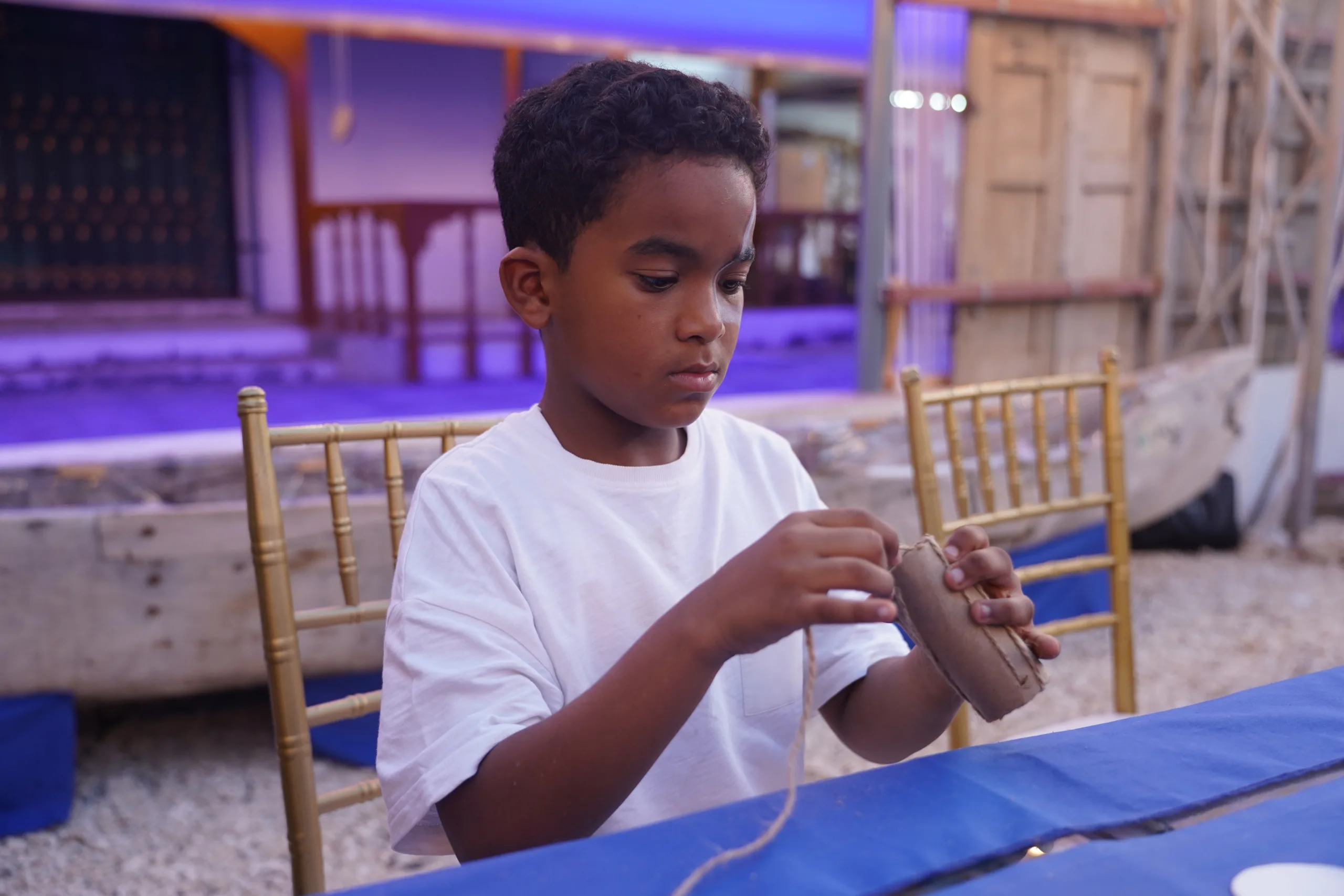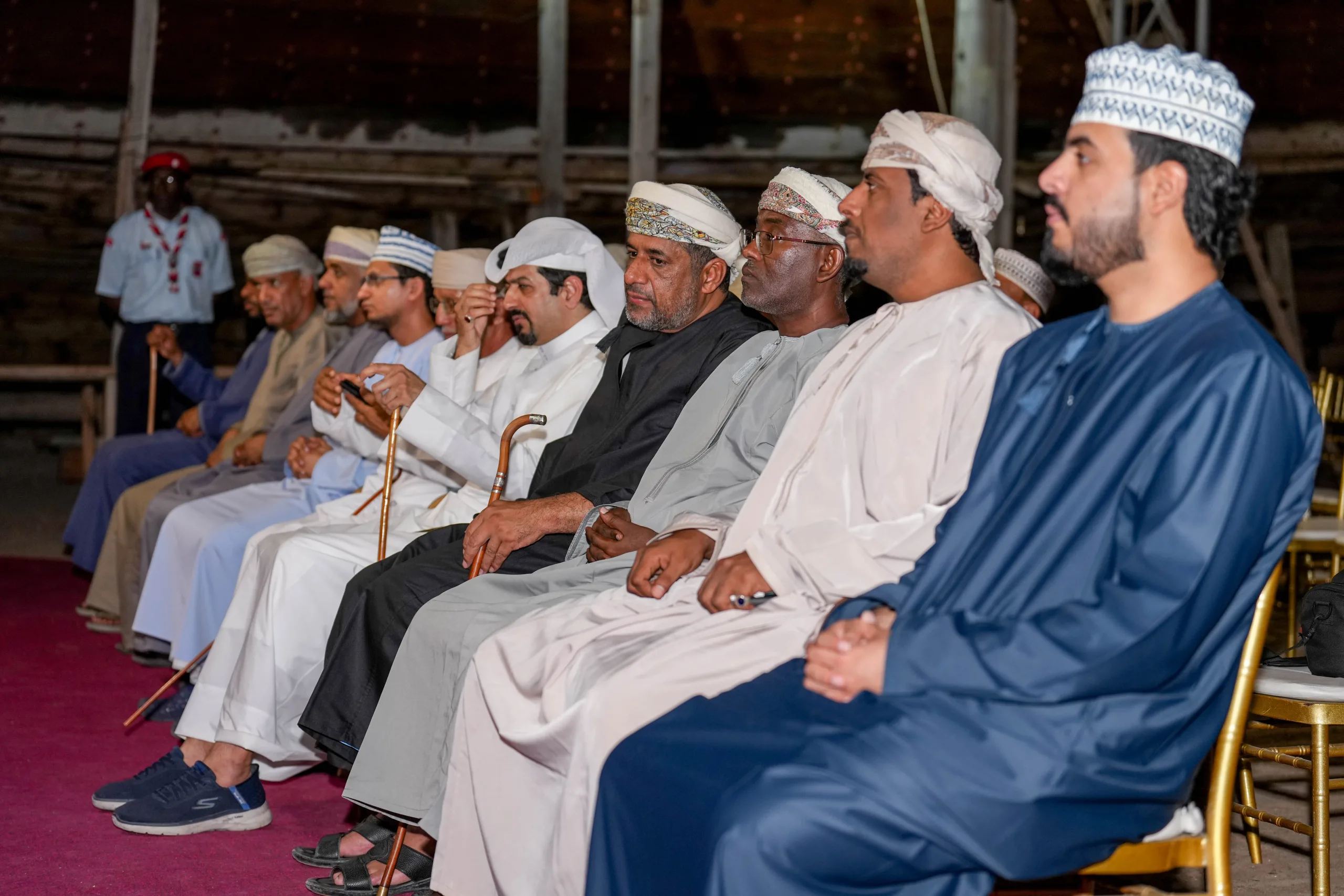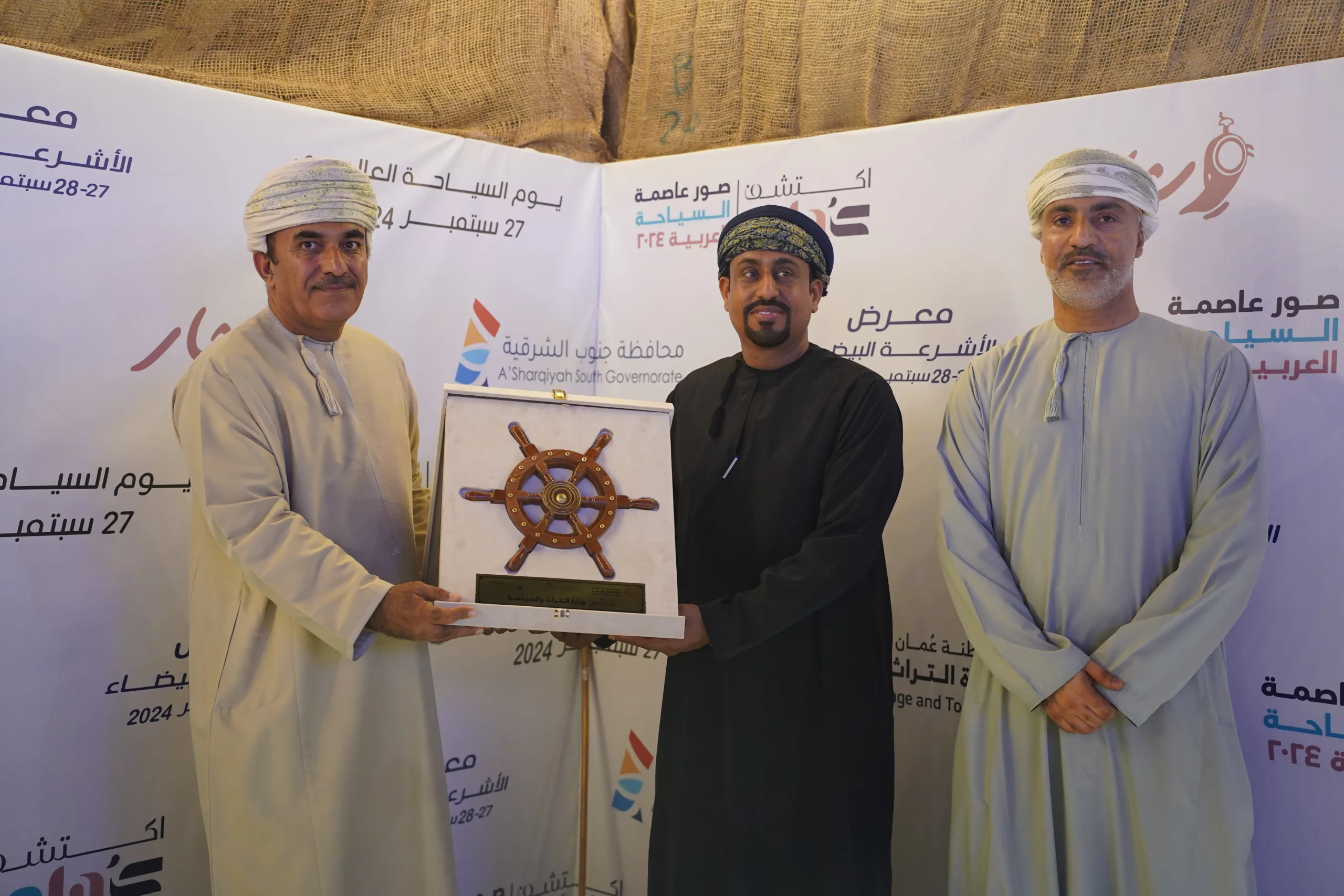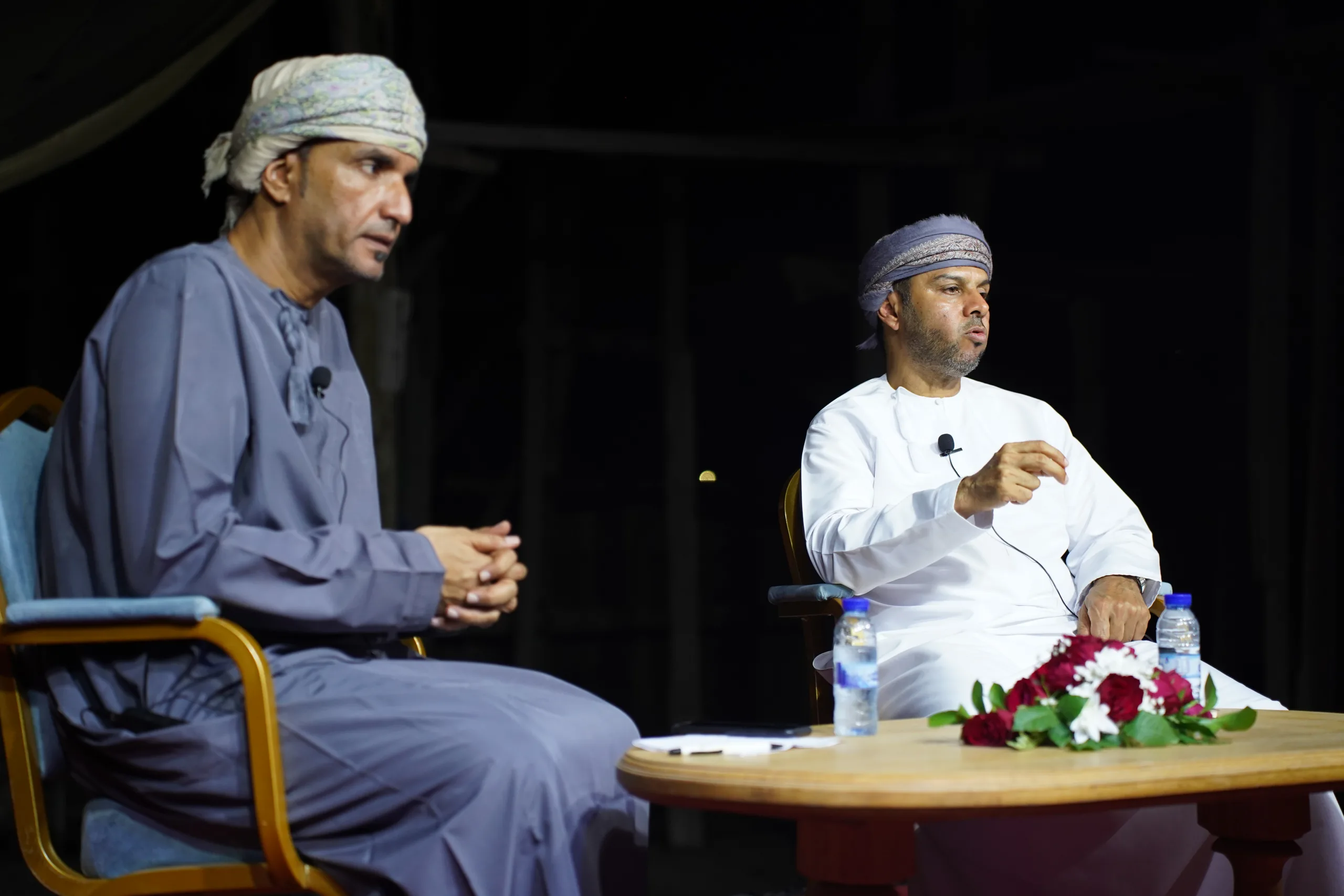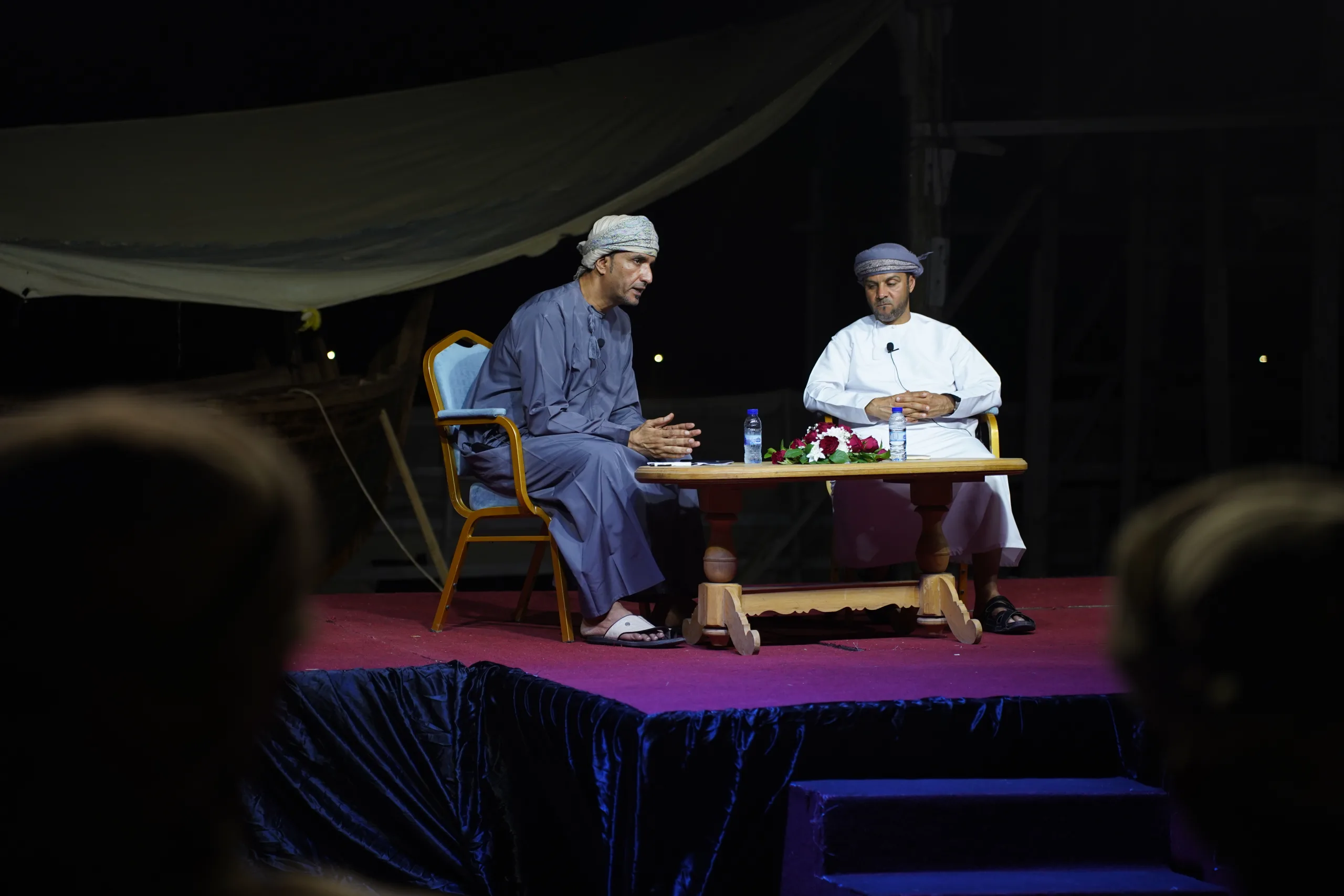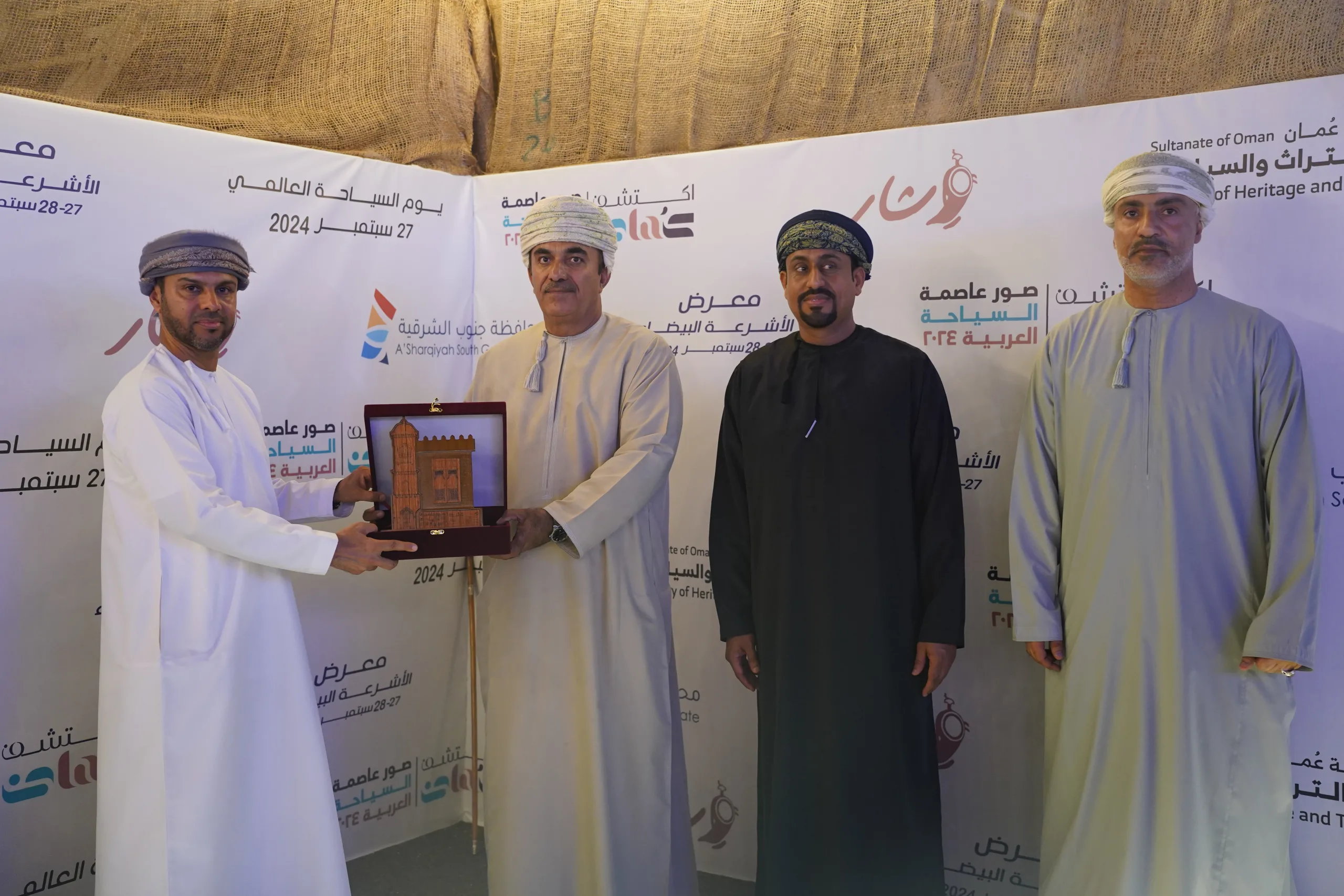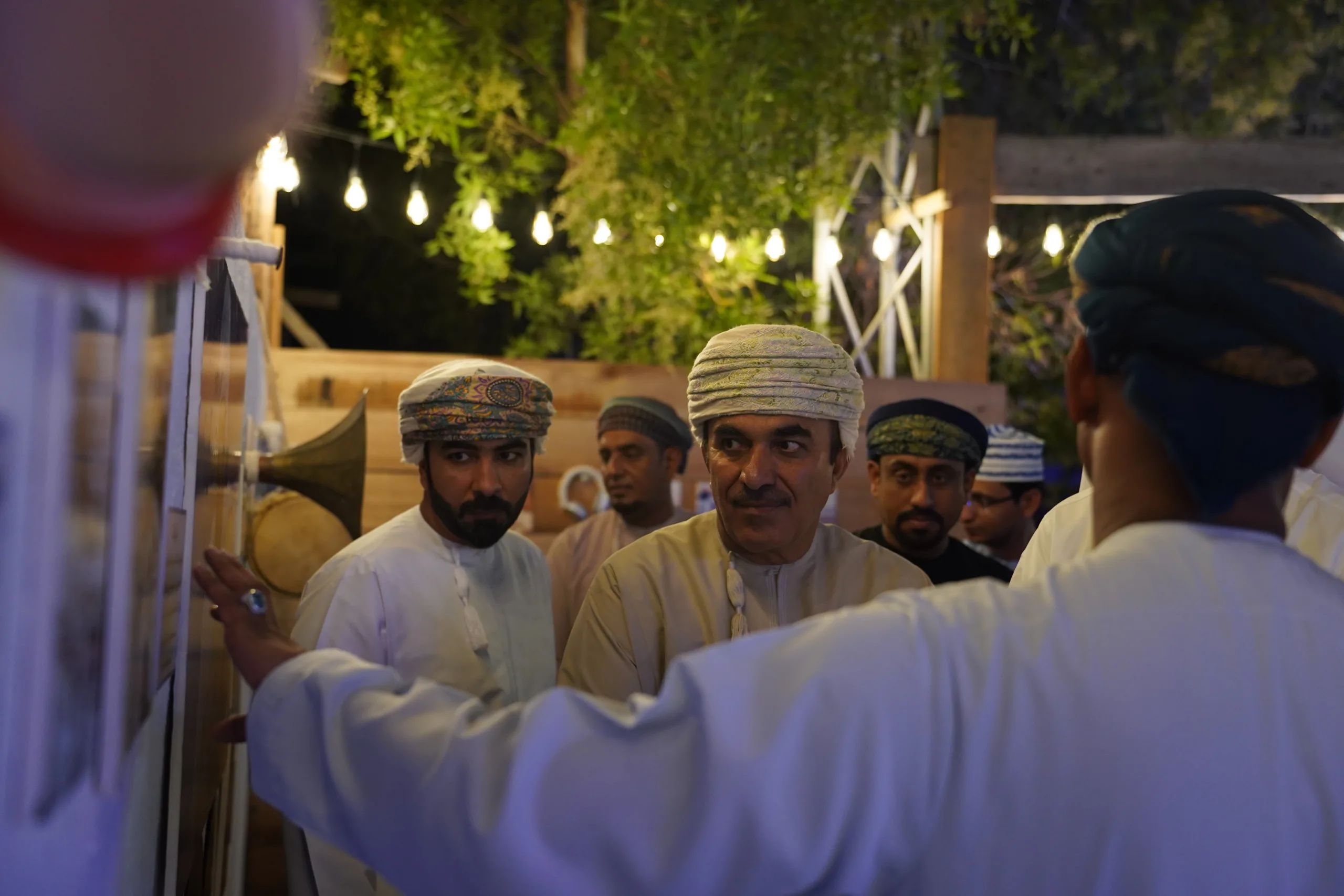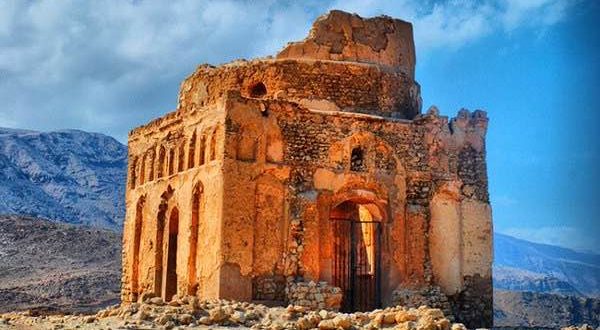White Sails Exhibition
On the occasion of World Tourism Day and coinciding with the selection of Sur as the Arab Tourism Capital for the year 2024 AD, the Ministry of Tourism and Heritage launched its celebration by holding the White Sails Exhibition for two days, Friday and Saturday, at the Washer Gallery known as Washer Wad Hassoun. Mr. Ali Nasser Al-Arimi, supervisor of the White Sails Exhibition, spoke about the exhibition’s pillars.
The reason for choosing white sails for the exhibition tells the story of sailing and spreading the banner of Islam and the values that distinguished the Omanis and the people of Sur in particular with the ships that sailed and crossed the oceans to the ports of the Gulf, India, East Asia and East Africa. The exhibition consists of 8 corners that answer the importance of white sails in spreading and supporting world peace. The first corner is entitled Paths and Ropes, which includes the sea paths that the Omanis took and the thousands of ropes that the Omani sails were removed with. A photo exhibition where a number of pictures and models of the types of sails and the characteristics that the captains and their sailors adhered to are displayed, such as preserving religious values and traditional identity by their interest in Omani clothing and the folk arts that they practiced in the various ports they reached. Also, the interior design of the sailing ships expresses the cultural identity of the Sur house with the presence of several places that represent the Sur sabla and their use of the Sur roshan and some craft inscriptions and prayers and others.
- The seagull rest corner is a developed idea that expresses the first encounter between sailing ships upon their arrival at the intended port and the shore with seagulls. More than 60 seagulls were placed, which is the number of ports that the Sur’s captains reached according to the oral history narrated by the captains and sailors.
- Musical Diversity Corner This corner focuses on the musical rhythms of the picture since the beginning of the ship’s construction and its various stages and the type of musical rhythm for each stage, as well as the musical arts practiced by sailors during sailing, such as the Shobani, the Madima, and the picture zilat. The visitor can learn about them by placing audio recordings accompanying each art and the momentary coexistence of that past period. The picture artist Salem Rashid Al-Suri is also present as a symbol of the state in musical art. 0 The corner of what has no beginning This corner was allocated to children, through which they touch on how ships are made, their components, and their names for each part of the ship through the assembly and making a ship of his own. We took care to make the names clear and prominent, which helps to memorize them and understand their role on the ship. The child can keep them as a miniature model of the picture ship, as well as form marine art tools such as drums with their various instruments, the Rahmani, the Kaser, and the Masindu.
- Al Ashri’a Cinema Corner, where many Omani and Sur’s documentaries are shown, dealing with cultural achievements and documenting the maritime history of the Sultanate.
- The last corner is the Sails Theater. Its design is in the middle of two ships with a background that simulates sails. It displays a number of cultural seminars by a group of writers and authors who narrated the maritime history of Sur and Oman through their various writings and presented them to visitors and the cultural exchange that is rich in maritime history.
